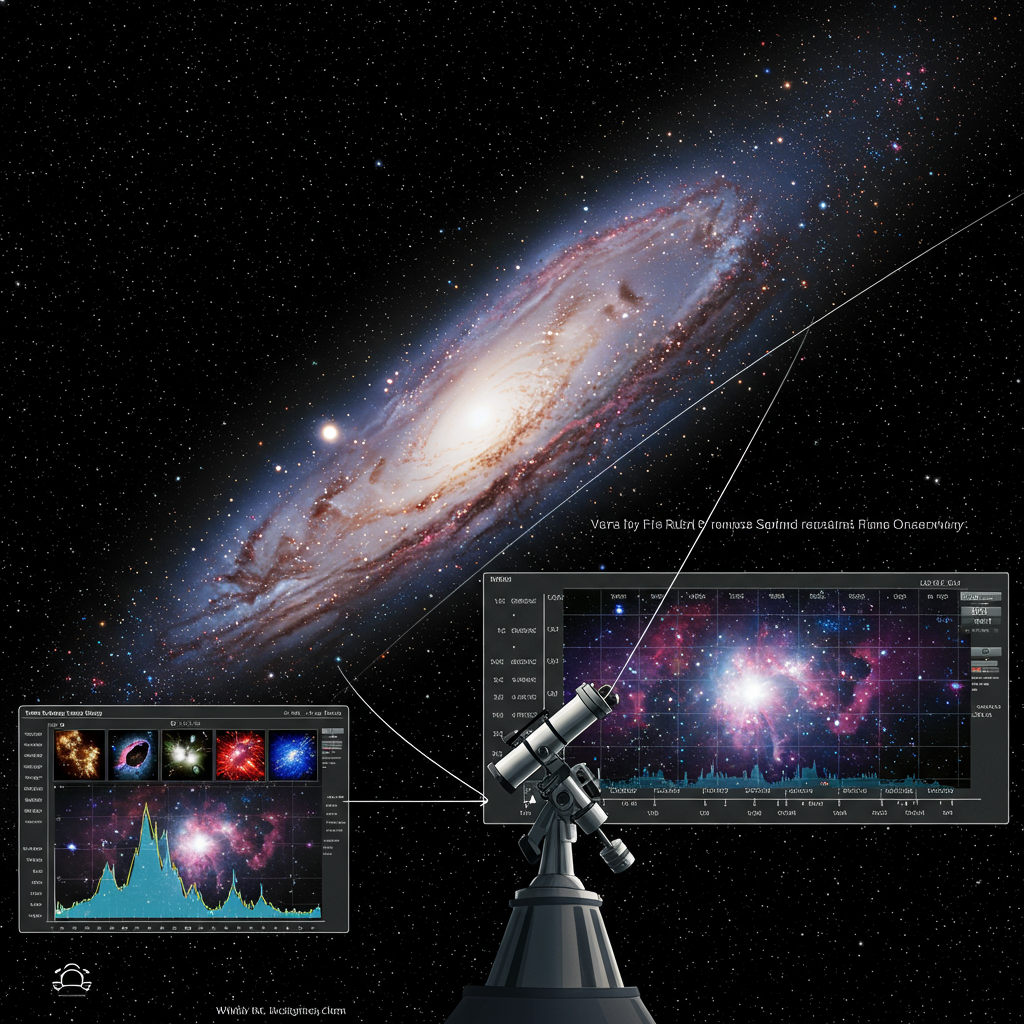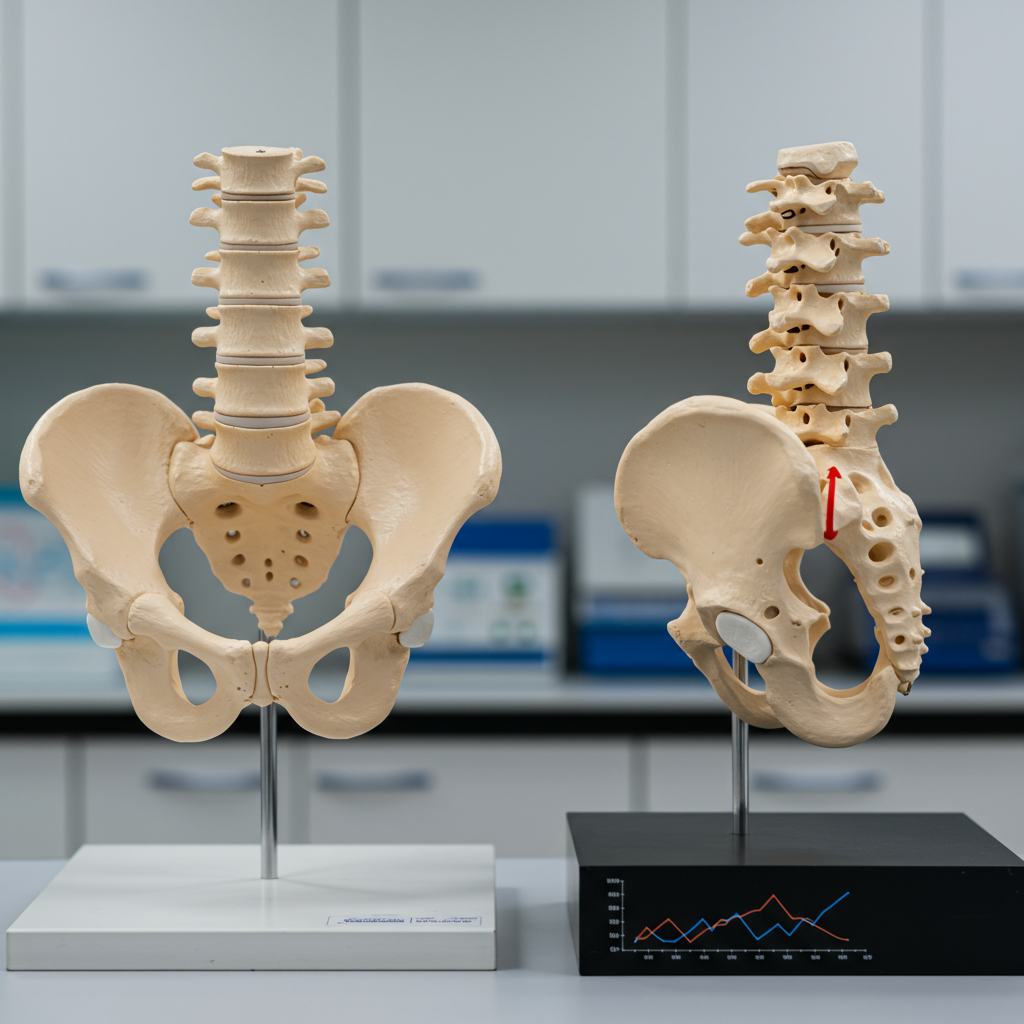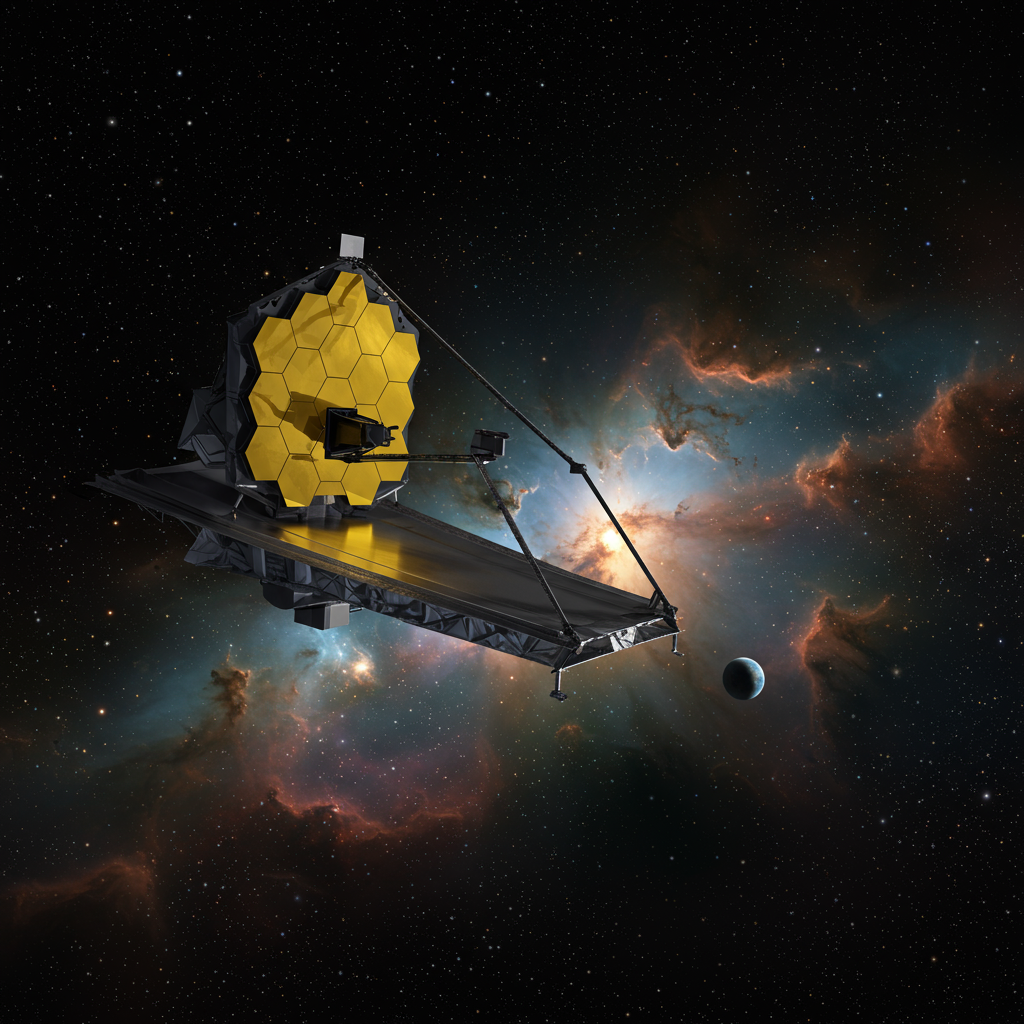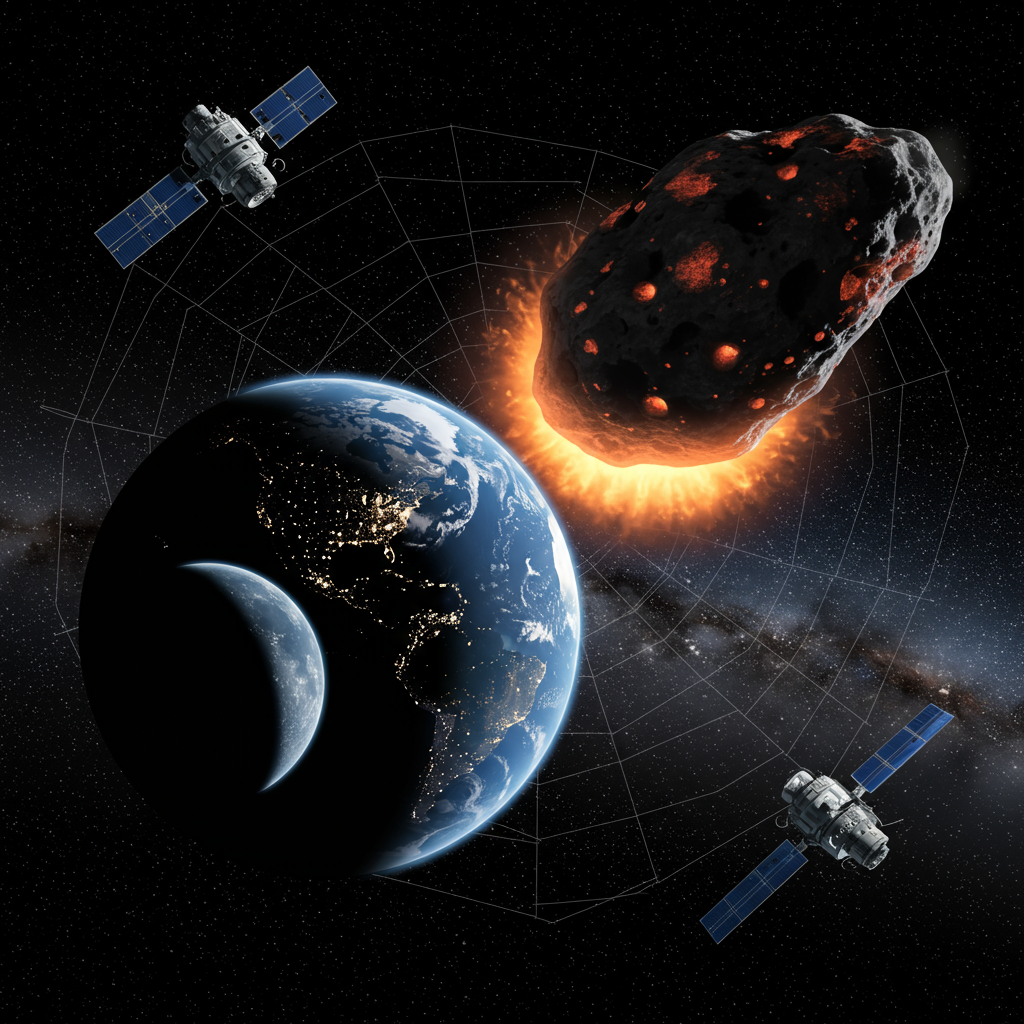A new era in exploring the cosmos is about to begin. The Vera C. Rubin Observatory, armed with the world’s largest digital camera, is poised to release its groundbreaking first images, offering an unprecedented look at the universe. This historic moment is scheduled for Monday, June 23, and you can witness it live.
The observatory, a major collaboration between the U.S. National Science Foundation and the U.S. Department of Energy, is set to unveil these initial captures during a special live broadcast. This “First Look: Images from the Rubin Observatory LSST Camera” event is considered a pivotal milestone, generating excitement across the astronomy community akin to the first captivating images from the James Webb Space Telescope.
How to Watch the Historic Reveal
Don’t miss this significant debut. The live broadcast is scheduled for Monday, June 23, at 11 a.m. EDT (1500 GMT).
You can tune in through several channels:
Online: The livestream will be simulcast directly on platforms like Space.com.
Official Channels: Watch via the Rubin Observatory’s official event page and their YouTube channel.
Local Events: Find local “First Look” watch parties happening around the world.
The broadcast is planned to be available in both English and Spanish.
Meet the Vera C. Rubin Observatory: A Revolution in the Making
Located high in the Chilean Andes on Cerro Pachón, the Vera C. Rubin Observatory isn’t just another telescope; it’s a next-generation facility designed to fundamentally change our understanding of the universe. Developed over nearly 25 years, its primary mission is the Legacy Survey of Space and Time (LSST), an ambitious decade-long project.
The LSST will see the observatory photograph the entire southern sky repeatedly, creating the most detailed and dynamic map of the night sky ever assembled. This continuous scanning will generate an unprecedented volume of data – projected to reach a staggering 60 petabytes – essentially creating the “greatest movie of all time” of our cosmos.
At the heart of the observatory is its incredible 3,200-megapixel (3.2-gigapixel) digital camera. This isn’t just the largest digital camera ever built for astronomy; it’s roughly the size of a small car. Its technical sophistication is astounding, featuring the largest lens ever constructed for such a purpose (1.5 meters across) and a focal plane composed of 201 custom-made CCD sensors, kept precisely flat within a fraction of the width of a human hair.
Paired with the observatory’s 8.4-meter (27.6-foot) primary mirror and unique three-mirror design, this camera can capture an immense area of the sky in a single 30-second exposure – approximately 45 times the size of the full Moon. It can capture new images every 40 seconds, enabling it to survey the entire southern sky every three nights.
Unlocking the Universe’s Deepest Mysteries
The sheer scale, depth, and speed of the LSST distinguish it from previous sky surveys, which often sacrificed area for depth (a strategy sometimes called the “wedding cake”). Rubin’s ability to provide both extensive coverage and remarkable depth means it will reveal countless objects previously unseen or poorly resolved, showing the night sky is far more populated than traditional views suggest, much like a large-scale Hubble Deep Field.
The scientific potential is immense, promising breakthroughs across nearly all areas of astronomy:
The Dark Universe: A primary focus is shedding light on dark matter and dark energy, which make up about 85% of the universe’s total mass-energy content but remain invisible. Rubin will map the distribution of dark matter using gravitational lensing, measure billions of galaxies, and clarify the universe’s expansion history with unprecedented precision, potentially testing models like Lambda Cold Dark Matter and hints that dark energy might be weakening.
Our Dynamic Solar System: The LSST is expected to revolutionize our catalog of solar system objects. Predictions suggest it could triple the number of known near-Earth objects (NEOs), find ten times more trans-Neptunian objects (TNOs), and increase the count of known main-belt asteroids to over 5 million (from about 1.4 million currently). This data will help update textbooks on solar system formation and enhance our ability to detect potentially hazardous asteroids.
Galaxies and Stellar Evolution: By observing faint features like “intracluster light” (stars stripped from their galaxies), Rubin will provide insights into how galaxy clusters form. It will also vastly increase the number of known brown dwarfs (“failed stars”) by about 20 times, helping scientists define the boundary between stars and these sub-stellar objects.
- Transient Events: The observatory’s rapid, repeated scans make it ideal for detecting fleeting cosmic phenomena, from distant supernova explosions to the electromagnetic counterparts of gravitational wave events.
- www.space.com
- www.iflscience.com
- www.yahoo.com
- dailygalaxy.com
- www.moneycontrol.com
Named in honor of pioneering astronomer Vera Rubin, whose groundbreaking work provided some of the first compelling evidence for dark matter, the observatory carries forward her legacy of discovery.
The release of these first images is more than just a technical demonstration; it’s a powerful preview of the decade of revolutionary science and unexpected discoveries that the Vera C. Rubin Observatory is set to deliver. It’s truly a “discovery machine” preparing to open our eyes to the universe in a breathtaking new light.
Join the live event on June 23 to witness the moment the Rubin Observatory unveils its first glimpse of the cosmos.




